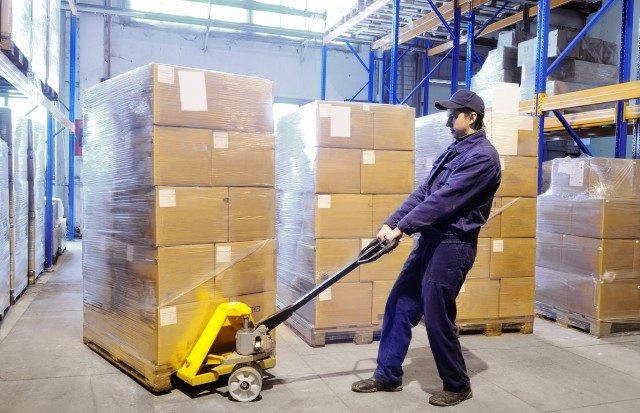CHEP and the Chinese Academy of International Trade and Economic Cooperation (CAITEC) have launched the China FMCG Industry Supply Chain Logistics Research Report.
The report is the result of a six-month joint research project undertaken by CAITEC, in conjunction with CHEP China, that analyses the fast-moving consumer goods (FMCG) supply chain in China and how the standardization and pooling of supply chain equipment such as pallets can improve operational efficiency and lower the cost of logistics.
The report provides an overview of the current status, challenges and trends in the FMCG supply chain in China and includes a detailed cost analysis of a number of logistics scenarios based on pilot projects and case studies.
It recommends practical actions to support the Chinese government’s aim of standardized and more-efficient supply chain management.
The opportunities and recommendations put forward by the report include the potential for government to help accelerate the development of standards for pallets, transportation vehicles, facilities and other equipment through the use of policies and financial incentives; and also to promote good practices and educate stakeholders.
It states that industry associations have a role to play in the areas of regulation, training, promotion and coordination.
The report encourages companies to take an overall view of the supply chain and look for ways of collaborating with other participants and with pallet pooling companies.
It also suggests companies to upgrade equipment and facilities to national standards, adapt standard processes and prioritize lanes to facilitate palletized delivery, adjust order sizes to full pallets, and invest in forklifts and related equipment.
“We are also grateful for the participation in the research of leading manufacturers – P&G and Nestle; retailers and distributors – Walmart, CRV, Wu-mart and Chaopi; and third party logistics provider – Sinotrans Logistics,” said president of CHEP Asia Pacific, Phillip Austin.
“This cross-industry collaboration is a fundamental ingredient for supply chain efficiency and has led to a number of ‘real-world’ case studies being included in the report.”










